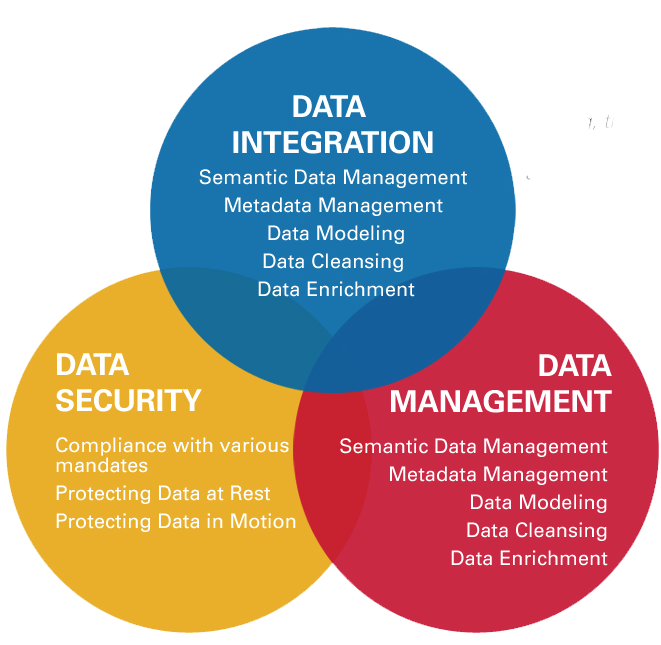Databse Management
Database Management
A Database is a collection of related data organised in a way that data can be easily accessed, managed and updated. Any piece of information can be a data, for example name of your school. Database is actualy a place where related piece of information is stored and various operations can be performed on it.Database management refers to the actions a business takes to manipulate and control data to meet necessary conditions throughout the entire data lifecycle.
Practical examples of cloud hosting can fall under both the Infrastructure as a Service (IaaS) and Platform as a Service (PaaS) classifications. Under IaaS offerings the client is simply provided with the virtualised hardware resource on which they can install their own choice of software environment before building their web application. On a PaaS service, however, the client is also provided with this software environment, for example, as a solution stack (operating system, database support, web server software, and programming support), on which they can go straight to installing and developing their web application. Businesses with complex IT infrastructures and experienced IT professionals may wish to opt for the more customisable IaaS model but others may prefer the ease of a PaaS option.
A development of the concept of cloud hosting for enterprise customers is the Virtual Data Centre (VDC). This employs a virtualised network of servers in the cloud which can be used to host all of a business's IT operations including its websites.
Database management has become more important as the volume of business data has grown. Rapid data growth creates a wide variety of negative conditions, including poor application performance and compliance risk, to name a few. Database management comprises a number of proactive techniques to prevent the deleterious effects of data growth.

Database management does not have one objective. There are many, including performance, storage optimization, efficiency, security, and privacy. By controlling data throughout its entire lifecycle, from creation through retirement, organizations can prevent events that degrade efficiency and revenue and boost data integration for greater business intelligence.





